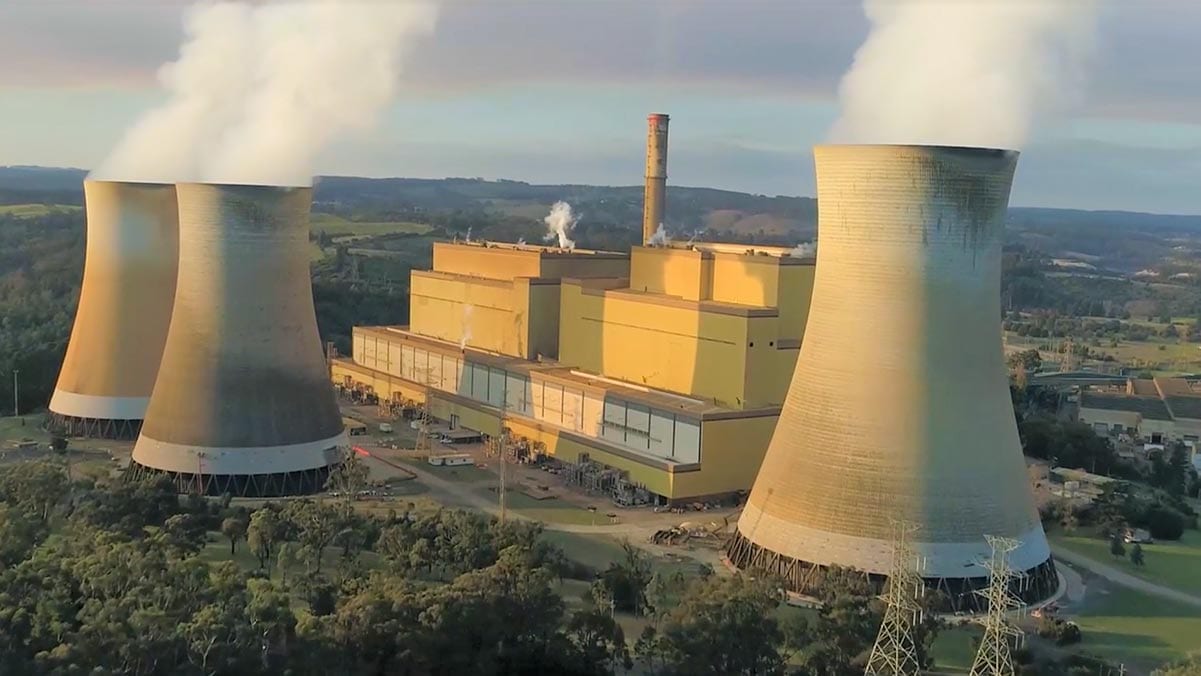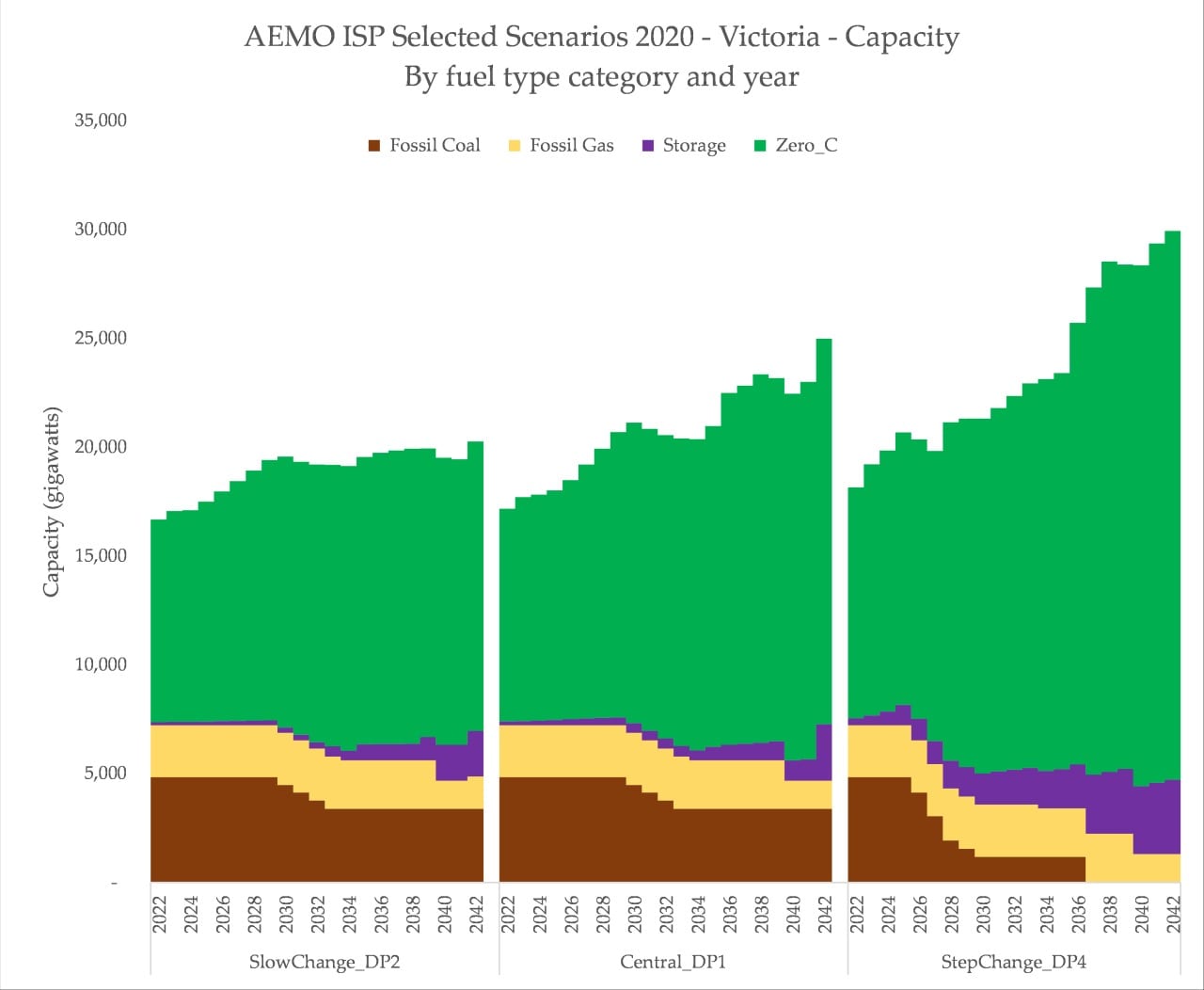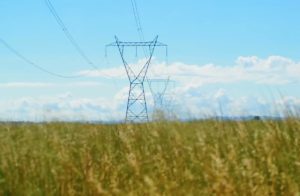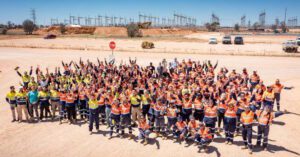The worst-kept secret in the energy industry isn’t secret anymore. EnergyAustralia’s Yallourn power station, the massive, wildly emissions-intensive Victorian brown coal plant is lopping four years off its lifespan, and is now due to close in 2028, seven long years into the future.
“Yallourn is the oldest coal power station in Victoria and the most unreliable power station in the entire country. Since December 2017 it has broken down 50 times,” The Australia Institute’s Richie Merzian told RenewEconomy.
Paired with support from the Victorian government and a big transition package to help affected workers from Energy Australia, the very long roadmap to this coal closure has been generally welcomed. Except, of course, by Australia’s government. “While the Commonwealth Government understands this is a commercial decision, the exit of 1480MW of reliable energy generation brings with it reliability and affordability concerns”, said Energy and Emissions Reductions Minister Angus Taylor.
Efforts to delay the closure of the Liddell coal-fired power station have culminated in what can only be described as an embarassment. After pressuring its owners to keep it open, and then trying to figure out if the government could force it to be sold to someone who would keep it open, Scott Morrison and Angus Taylor ended up threatening to intervene and build their own, special Australian government branded 1,000 megawatt gas-fired power station, to the exhaustion, ire and mockery of pretty much all of the country’s climate and energy groups. It was a silly disaster.
So how has Angus Taylor responded to this one?
“Mr Taylor left the door open to the government stepping in and building a new generator, such as a gas-fired power plant, if the private sector did not fill the void, after EnergyAustralia announced it would close Yallourn four years earlier than expected,” the Murdoch media’s Australian newspaper wrote.
Taylor blames the state’s renewable energy policies for the acceleration of the coal plant’s closure (while at the same time government takes credit for renewable energy growth, of course). And after the debacle of Liddell’s closure announcements, he’s repeating precisely the same talking points; threatening to intervene if there isn’t enough “reliable” power added to the grid.
The electricity market will produce lower emissions and can remain affordable and reliable when the Yallourn coal generator closes in 2028. The best way to achieve this result is for all governments to support and have confidence in the market system they own.
— Tony Wood (@tony_r_wood) March 10, 2021
You can really see one of the core problems in Australia’s energy politics at play here. The idea that reliability comes from the characteristics of individual generators, rather than the design of a system, has served as the heart of the government’s pro-fossil discourse in the years since South Australia’s blackout, in 2016. Solar and wind are unreliable and unaffordable. Coal and gas are reliable and affordable. That is why, when presumably informed that enough solar and wind capacity was in place in NSW to replace Liddell, the government pressed ahead with its plan to build a gas-fired power station. The issue of grid reliability can only be understood as what are essentially personality characteristics and ideology assigned to fuel types.
The opposite of ‘fossil fuels good, renewables bad’ is the grid operator’s system plan, which prods and pokes a wide range of potential scenarios, known as development pathways. AEMO’s Integrated System Plan, or ISP, treats Yallourn’ early closure as a distinctive possibility. In Victoria, an accelerated shutdown of coal and a rapid build-out of wind, solar, storage and transmission lines are the key factors in the ‘better case’ scenarios, which see emissions fall faster while fully maintaining reliability targets:
In all scenarios, gas capacity drops by half. In the ‘best case’, Victoria is 100% coal-free by 2036. If we look at generation, it’s clear that even gas is relegated to a rarely-generating backup role.
It is clear that Victoria is operating with far, far too many fossil fuels than it needs to run a secure, affordable power system. The emissions impact is eye-watering. Annually, the Yallourn power station emits around 14 megatonnes of CO2-every year, around 13% of Victoria’s total emissions. These massive, emissions intensive behemoths are the ‘baseload’ of Australia’s total domestic emissions – constantly spitting out reliable quantities of greenhouse gases every year.
The veil of necessity is dropping everywhere around the world. The UK has spectacularly ditched coal from its grid. And a new report from the Rocky Mountain Institute released today shows unambiguously that 25% of US coal plants could be reitred today without the construction of replacement capacity.
Implication #1: We can retire a lot of capacity now (~25% of expensive coal) without replacing it, and still meet reserve margins – saving $$. Especially true in PJM and the Southeast. (5/n) pic.twitter.com/ShAprj7rPV
— Chaz Teplin (@ChazTeplin) March 10, 2021
“As this and other studies show, the barriers to reducing cost and emissions quickly in the US power system are primarily institutional, not technical or economic”, the authors write. Where replacement is required, the options are simple – new transmission lines, energy storage like batteries and hydro, and demand response all ease the integration of VRE up to very high volumes.
Coal is no longer a ‘necessary’ part of grids. It is technologically obsolete, and in Australia, vulnerable to cheap competition, failures and breakdowns during heatwaves and sanctions on owners due to carbon intensity (such as Norway’s investment fund divesting from AGL due to its coal plant ownership).
Yallourn is probably going to close far sooner than 2028. The pincer movement closing in on Australia’s coal plants is tightening. The next steps are obvious. Prepare the grid, by building upgraded, updated new technologies well before they’re required. Prepare communities and workers through generous, carefully managed and thoughtful assistance programs that do not underestimate the challenge. Rapidly rebuilding every part of your home while you’re living inside it is tough. But it’s possible. And if your only home is destined to collapse, you truly have no choice.
Every coal closure will likely highlight the Australian government’s isolation in an ever-brighter spotlight. We could skip the cycle of embarrassment here, and the government could join industry, businesses, citizens and climate groups in understanding this change as inevitable and working to make it smooth.










